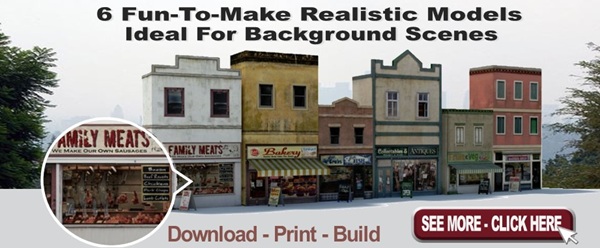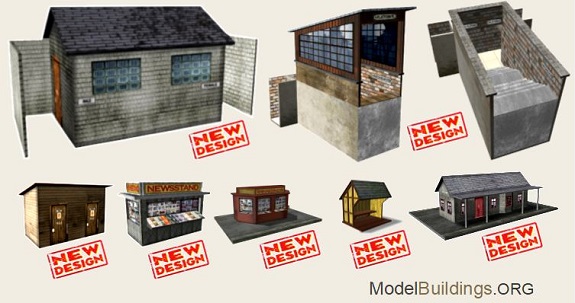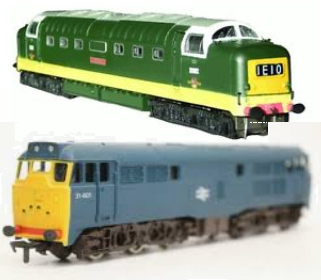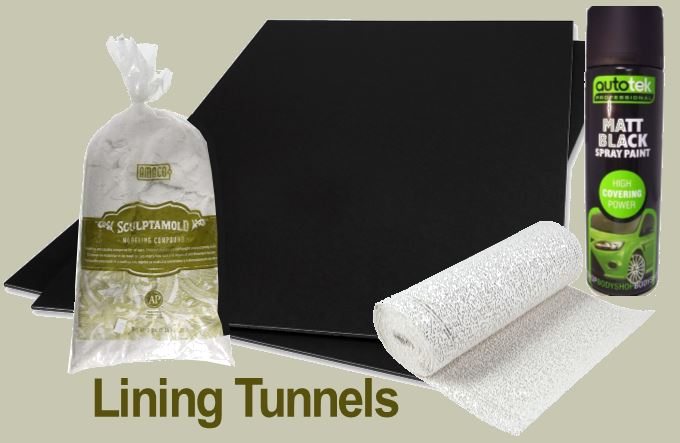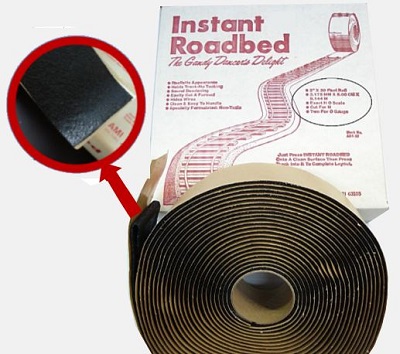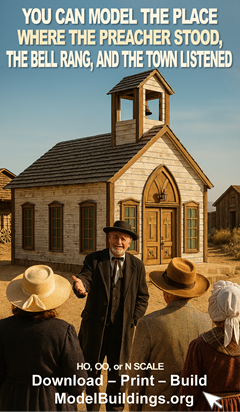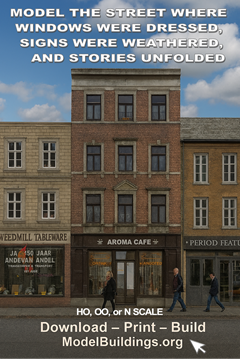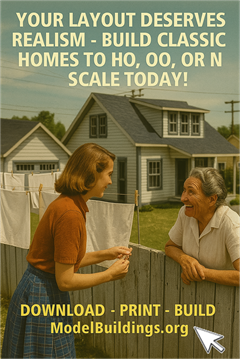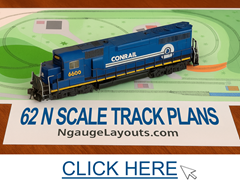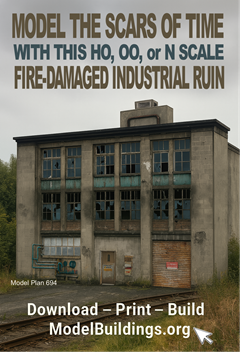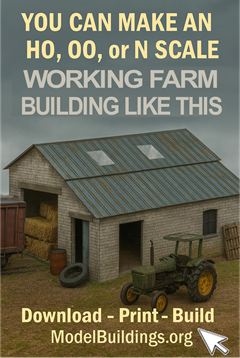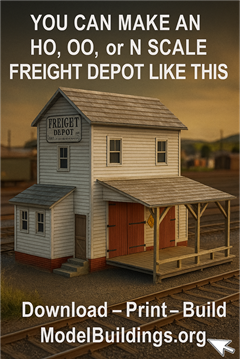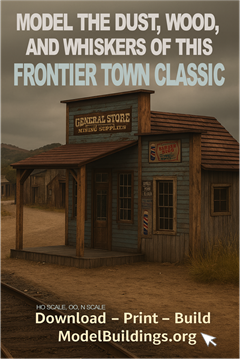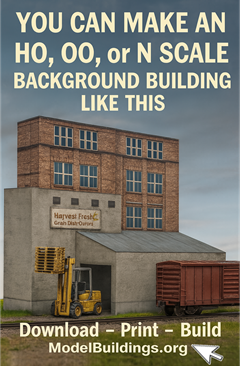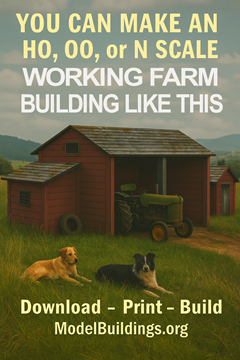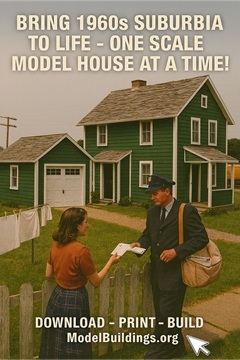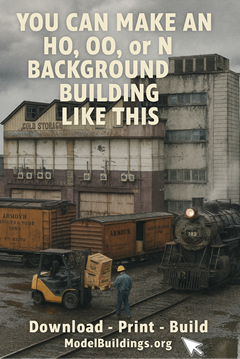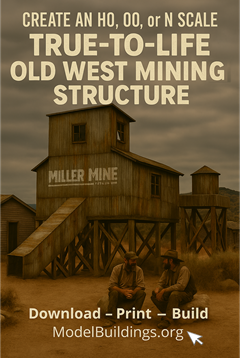Everything on model trains, model railroads, model railways, locomotives, model train layouts, scenery, wiring, DCC and more. Enjoy the world's best hobby... model railroading!
1947 Vintage Lionel Train
Chris asks:
“We believe our Lionel train is a 1947 vintage train set. Our power source works. The lights come on the locomotive and the caboose. The train went around twice and then stopped. We can tell the engine is engaged and makes somewhat of a growling sound, but it won’t go forward or backward. We have checked the tracks and they are intact. Any suggestions?”
Connecting a Prodigy Express and Booster
Tony who models in HO asks:
“I have a prodigy express and a booster. How do I connect them? I don’t understand the instructions on the back of the booster which says run a cable from the ‘Factory use only’ port on the prodigy (I don’t have a factory only port). When I connect the prodigy to the booster with the telephone type cable the power light and pilot dim and blink and there is no power coming from the track connector on the booster. I also have an ac/dc adapter with a telephone jack on the end which I assume should be plugged into the booster. Any help would be greatly appreciated”
Making Rock Faces From Tin Foil
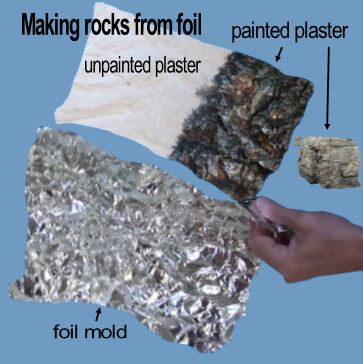 Brendon sent in this idea to share:
Brendon sent in this idea to share:
I make rock faces using aluminum foil – the stuff found in the kitchen. It is cheap and easy to use. I put my gathered rock (s) on my bench and wrap in a piece of tin foil. I gently push the foil around the sides so the rock is wrapped tightly with one surface exposed. This is so I can remove the rock (s) without damaging the foil mold I just created.
I then fill the foil mold with plaster. I found tinting the plaster with a few drops of paint color is good because it takes away the stark white color of the plaster which makes it easier to paint when it is dry. I put small pieces of fiberglass mesh tape which I buy cheap in a roll from a DIY store into the plaster before it starts to dry. This gives the plaster rock or rock face more strength when it is cured and removed from the foil mold.
When the plaster rock is dry it is ready for some final shaping or smoothing off with a craft knife or coarse sandpaper before painting. The rock face needs to fit in a specific space so some minor shaping is usually necessary. I also scrape and chisel out some areas to rough them up a bit to resemble crevices and indentations in the rock. I hope this helps someone.
Next time I do this I will try using Hydrocal and perhaps experiment with spraying the inside of the foil mold with a fine mist of diluted dishwash liquid to make it easier to remove the plaster rock without damaging it. Worth a try.
Voltage Amperage Ranges With Dropping Resistors?
This question is from Ray J:
“What voltage and amperage rating would I need for the indicator LED’s on the control panel I am building for my O scale setup? My trains are quite old. I know the switches use a standard voltage, but I heard LED’s need specific voltage / amperage ranges with dropping resistors? Sounds complicated?”
Add your comment and view the comments below.
Why Does My Train Only Run In Reverse?
Warren asks readers:
“I have a Lionel engine with 8604 on side. It has been boxed for 15 years. It will only run in reverse and there are no switches on the engine anywhere. I think we used to change directions by moving the voltage regulator to off and then back on but that does nothing now. It just runs in reverse. Why would this be?”
Simulating Smoke and Steam The Cheap Way
Online Train Club Member Terry sent in this quick tip to share:
“I know there are ways to simulate real smoke and steam with smoke machines, but I use an old tried and proven cheap method. All I do is take a tiny amount of cotton and stick inside a steam stack or diesel exhaust. The trick is to not use too much, or make it too high, because that could look fake and even catch on the top of tunnel portals and other things. Use a very small wisp of cotton, just enough to catch and trick the eye into believing the smoke or steam is real and moving upward. It works for me.”
Kato 22-018 and 22-018 Power Packs for HO and N scale?
Allen P asks:
“Kato is said to sell power packs that are for both HO and N scale. I find that a bit far fetched??? The model number 22-014. I also saw one with the number 22-018, so I’m a bit confused?”
Add your feedback and suggestions below.
How Do Old Locomotives Compare With Today’s Locos?
Colin T wants to here your thoughts:
“I have seen an old HO blue box Athearn EMD SW1200 locomotive that I can buy really cheap. I like it because it’s nicely detailed but heard that older locos like this are not as good to run, being more noisy, not so smooth, and less reliable than their modern counterparts? Is that generally the case? Are they hard to service? I am not so worried about the cost (about $30 to buy) but don’t want to waste loads of time fiddling with it to keep it operating. I know how frustrating that can be. Does someone have old and new locos who could comment? If you have experience with the same Athearn ever better.”
Add your comment below.
Locomotive Service Sheets
“Where can I get the service sheets for a Deltic D9002 and for an Airfix class 31 please? I have been on the Hornby site but I don’t know the numbers. Please if anyone can help?”
Electrical Connection Problem with Arnold 2950 S-Bahn
Chris models N scale and sent in this question for readers:
“The wire between the end wagon and the power train severed during shipping, despite proper packaging. I don’t have much wiggle room to solder the wires together and am afraid to open the unit further due to accidental destruction. The connection is broken between the coupling bridger going into the the cabin that is the main power train for the locomotive. It is the DB Series 420 running from the 1960 to the 1990 in Munich and other cities.
Any suggestions? The train runs great and two of the three wagons light up, except the the one with the severed connection.
Use the link below to send in your model railroading questions for publication.
Making Linings For Inside Tunnel
Online Train Club member Ross sent this:
“I have a plan to make the lining for my tunnel using foam-core board. It doesn’t matter if I use black foam board or white because it will be covered anyway. My thinking is to cut out three pieces (2 sides and tunnel roof) to 16 inches in length. I saw where you cover each piece of foam with plaster gauze before applying Sculptamold. When dried properly, I will spray each length with matt black paint before gluing the 3 pieces together. Once in place, I intend attaching the portals and retaining walls I have already made from plans I downloaded. They turned out good. Then I will build the mountain and greenery on top. I think it should all come together nicely. Have I missed anything?”
Opinions on Instant Roadbed Please
“I was told about a product called Instant Roadbed, and wondered if it is any good? No glue is needed as it has self adhesive backing, but I was wondering how long this would last? I was told you just lay track and ballast on top and that both can be removed if needed without wrecking things. This sounds good, but I question if the the Instant Roadbed tape might start lifting over time? It does interest me because it sounds easy and less messy and quicker than other methods, but I don’t want to lay my track and ballast with the stuff only to regret it. I guess I could use it for making roads, and sidewalks too? Has anyone used it with success or otherwise?”
Send your question in for publication. See the link below.
Plans For Finely Detailed House Designs
Downloadable plans for these photo-realistic house plans. Make them to OO gauge, N scale or HO scale. https://www.modelbuildings.org/residential/
Atlas GP-7 on 11 Inch Radius?
Harry has this question for readers:
“Does a Atlas GP-7 run correctly on an N scale 11 inch radius?”
Use the link below to submit your question for publication.
